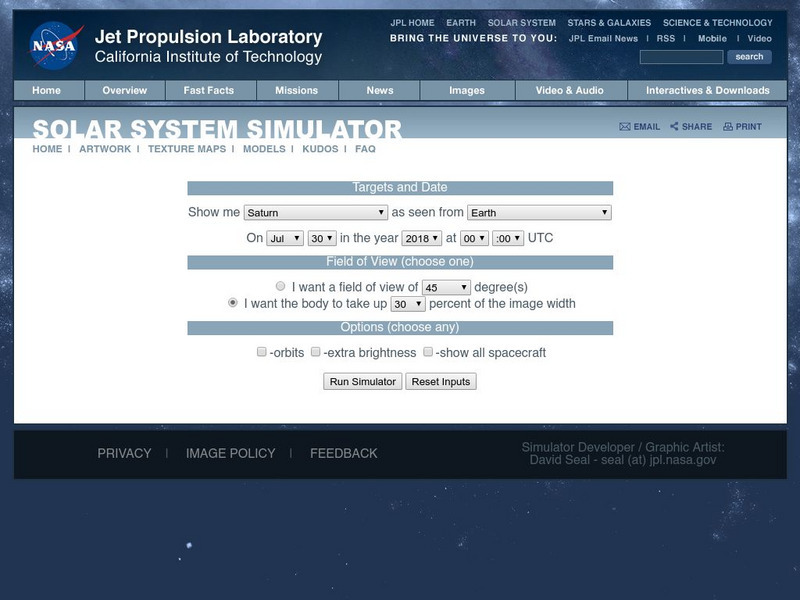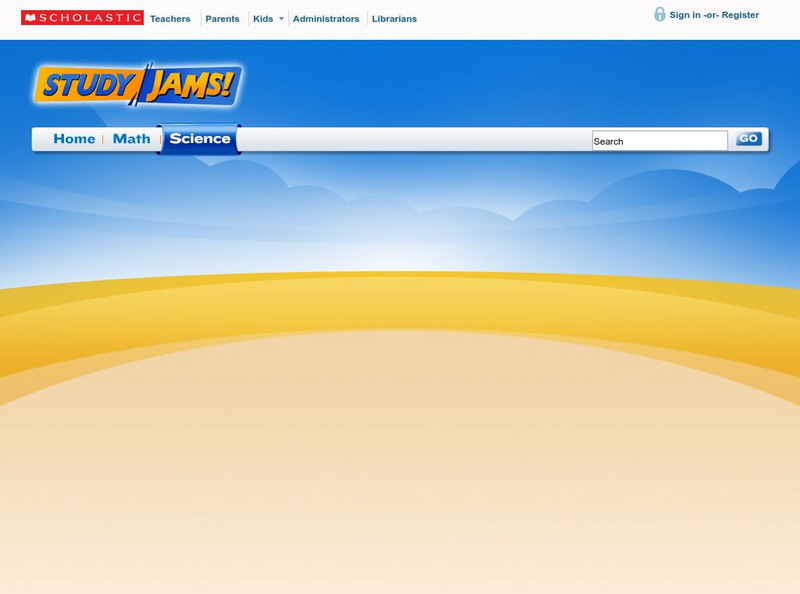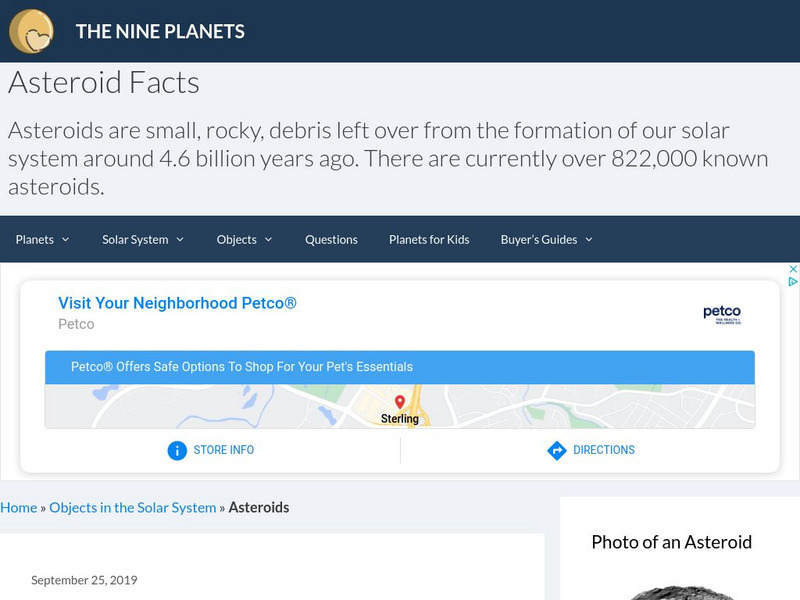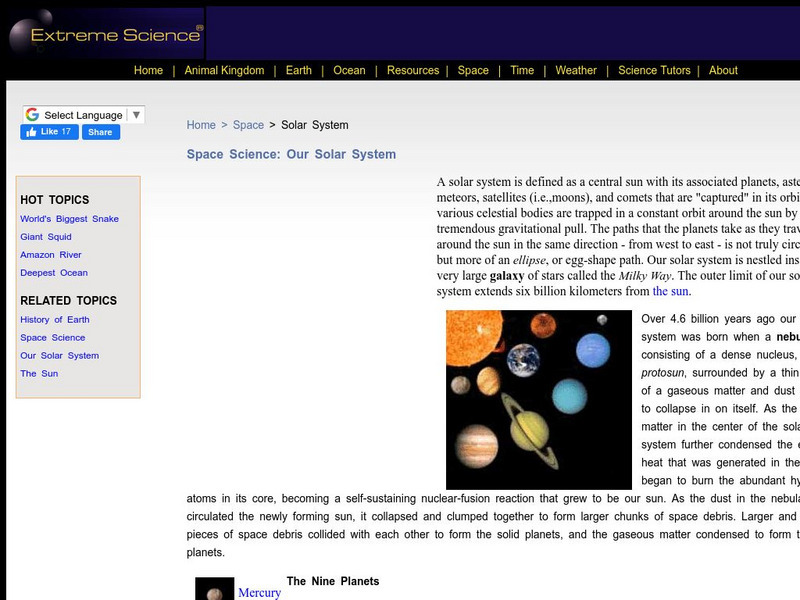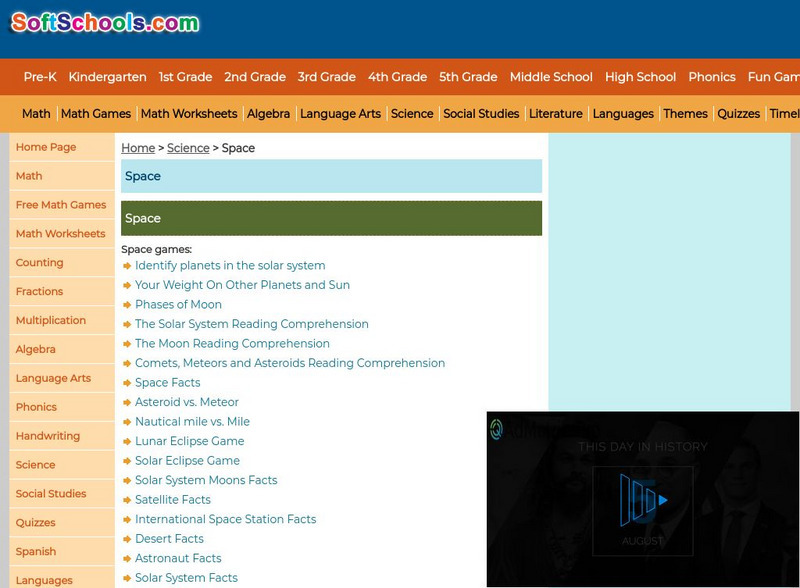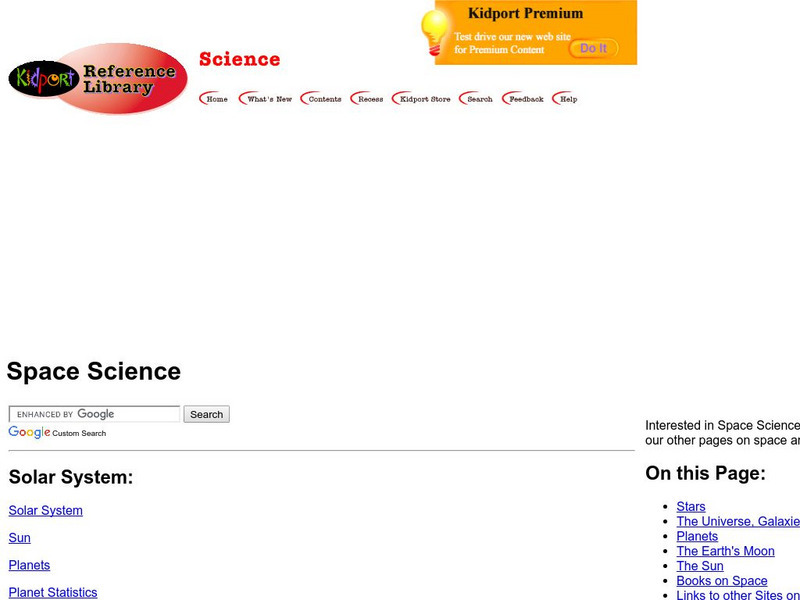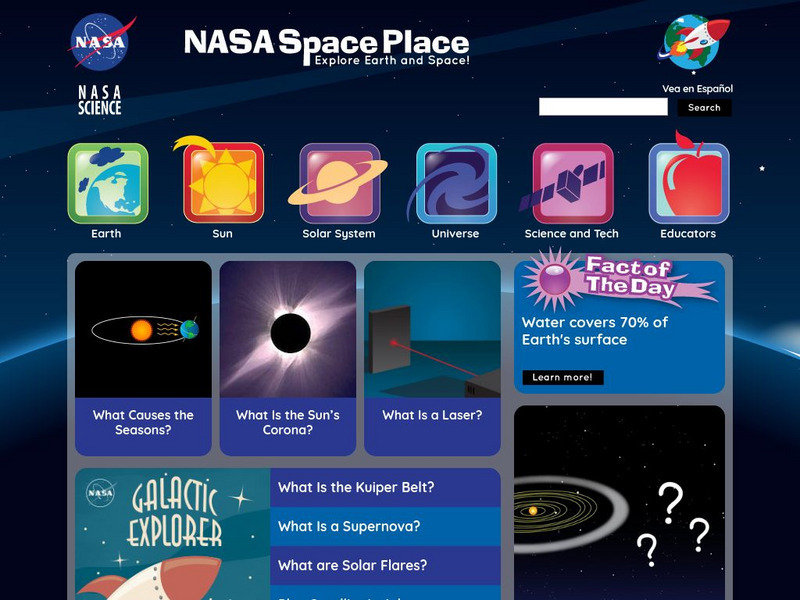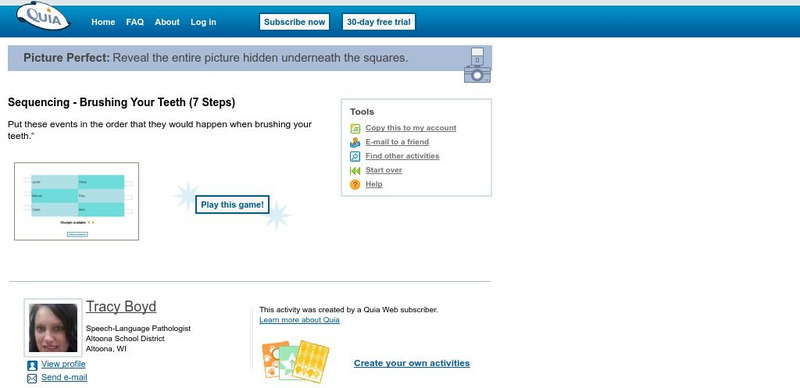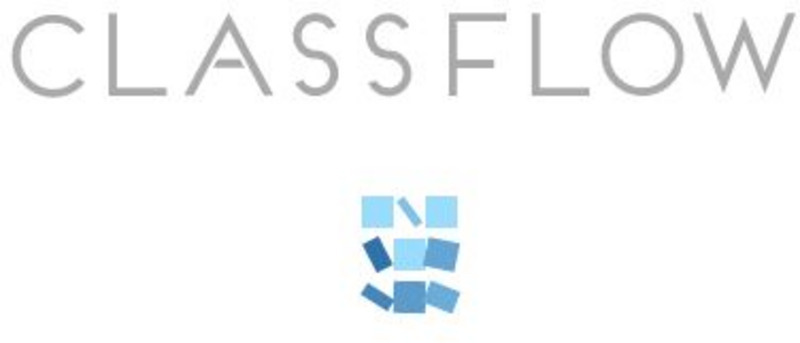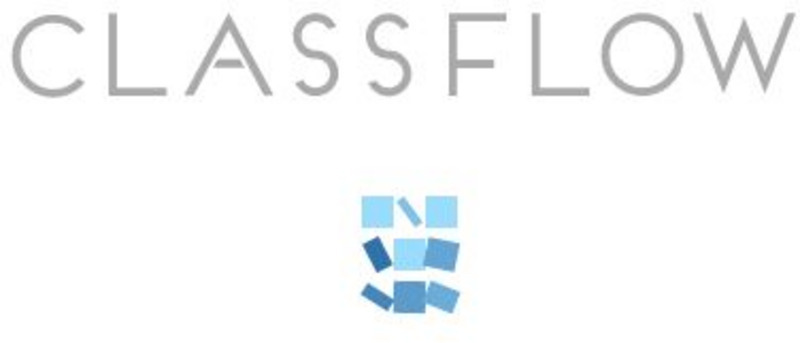Wonderville Media
Wonderville: Planets
There are eight planets in orbit around our Sun. These planets form our solar system. The eight planets are Mercury, Venus, Earth, Mars, Jupiter, Saturn, Uranus, and Neptune. There are also rocks, moons, comets, and other objects going...
NASA
Nasa Star Child: Neptune, the Blue Planet (Level 1)
An introduction to Neptune for young students. Audio content, a glossary, graphics, and a printable version are all included.
Science4Fun
Science4 Fun: Neptune
Learn fun facts and details about the atmosphere, composition, and discovery of Neptune, the last planet in our solar system.
NASA
Nasa: Solar System
This resource provides a general overview of all the planets in the solar system, as well as the sun, various comets and asteroids, the deep space network, and the latest solar system news.
Australian Broadcasting Corporation
Australian Broadcasting Corporation: News in Science: Neptune Nabbed Its Moon
From ABC News in Science, Irene Klotz's article discusses research related to the possibility of Neptune having "nabbed" its moon, Triton, from some passing sister planets.
NASA
Nasa: Surface Maps of the Solar System
Solar system surface map database. Includes maps of all solid planets and many moons. Maps of gas planets are either based on images taken by Voyager, or are fictitious maps including general storm systems.
TeachEngineering
Teach Engineering: The Outer Planets
Students explore the outermost planets of our solar system: Saturn, Uranus and Neptune. They also learn about characteristics of Pluto and its interactions with Neptune. Students learn a little about the history of space travel as well...
Scholastic
Scholastic: Study Jams! Science: Our Solar System: Outer Planets
A slideshow and a short multiple-choice quiz on the four outer planets of our solar system, which include Jupiter, Saturn, Uranus, and Neptune.
Nine Planets
The Nine Planets: Asteroids
A plethora of information about Asteroids. This site provides lots of in-text links to information, pictures of asteroids, a table full of information about asteroids, as well as links to more information about asteroids.
Other
The Apollo Society: The Solar System
Contains a small set of images of solar system objects and a series of links to information about all solar system objects. Solar System Tours link to excellent image collections.
Extreme Science
Extreme Science: Space Science: Our Solar System
Read about our solar system and its formation over 4.6 billion years ago. Find out about the planets, asteroids, meteors, satellites, and comets. More in-depth planet background can be accessed through links.
Soft Schools
Soft Schools: Space: Solar System Interactives
Identify the planets in our solar system and discover how much you weigh on another planet with these space interactives.
Curated OER
Neptune
An outstanding collection of NASA space images, with images of all of the planets and many smaller bodies as well. Click on an image to read an explanation of it.
NASA
Nasa Space Science Data Archive: Neptunian Rings Fact Sheet
A data table of nearly everything known about the ring system of Neptune. The resource also includes an image of the rings of Neptune that can be enlarged.
Kidport
Kidport: Space Science
This complete resource will help students to improve their understand of space exploration. Includes images of the universe, galaxies, stars and planets.
Johns Hopkins University
New Horizons Website
This site from the Solar System Exploration section of NASA provides an overview of the space mission to Pluto, Charon, and the fringes of our Solar System. It describes the Kuiper Belt, and the objects involved with it, provided links...
NASA
Nasa: The Space Place
This site from NASA's Space Place is geared towards early elementary learners. It offers detailed instructions for crafts and activities related to space, games and a teacher resource area. Students can also ask an expert at this site.
Georgia Department of Education
Ga Virtual Learning: Our Solar System
This interactive tutorial will take students on a tour of our solar system. Students begin near the Sun with the really hot planets of Mercury and Venus. They will learn about Mars, probably the first planet that humans will visit. Next...
Quia
Quia: Brushing Your Teeth
This site gives you opportunities to practice putting the planets in the correct order from the sun. Press "Click here to begin" to get started.
ClassFlow
Class Flow: Space Solar System
[Free Registration/Login Required] In this lesson students will compare and contrast the attributes of star, star patterns and planets. Students will also have the opportunity to review facts about each planet and then complete various...
ClassFlow
Class Flow: Solar System
[Free Registration/Login Required] This flipchart guides online research on a study of our solar system and links the teacher to a WebQuest activity.
Space Telescope Science Institute
Hubble Site: Solar System Images
A listing of clickable images of objects in the Solar System from the Hubble telescope that includes the following: Venus, Mars, Jupiter, Jupiter's satellites, Saturn, Saturn's rings and satellites, Uranus, Uranus' rings and satellites,...
Other
Canal Kids: Ciencias (Science for Portuguese Speakers)
Colorful, engagingly written information about astronomy and biology for Portuguese-speaking English language learners. Both subjects are broken down into a broad array of related subtopics. The biology section is particularly helpful...



